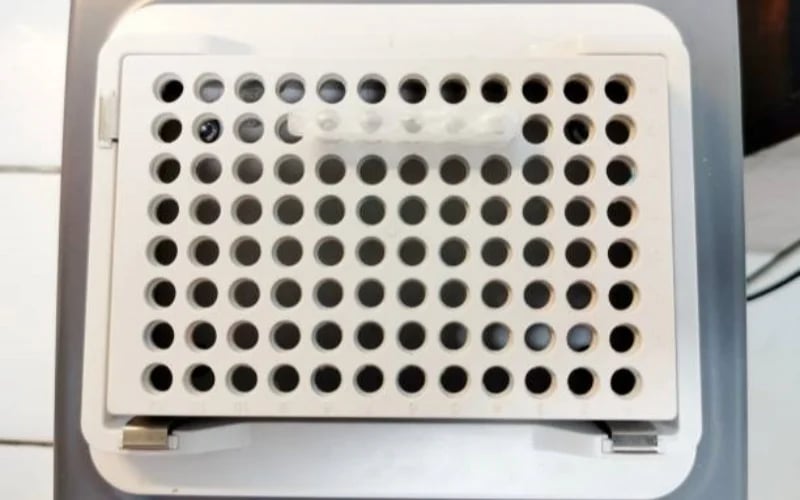Introduction: What are aluminum led heatsinks?
If you have ever wondered how LED lights are able to keep cool, then you may be interested in learning more about aluminum LED heatsinks. An LED is a highly efficient source of light, but this efficiency produces a significant amount of heat. This is where a heatsink comes into play: it works by absorbing and dispersing the heat from the LED. In this article, we will explore everything you need to know about aluminum LED heatsinks, from their design and function to their advantages and limitations.
The Design of Aluminum LED Heatsinks
Aluminum LED heatsinks come in a variety of designs, but they all generally share the same basic principles. The heatsink is typically made of aluminum, as it is an excellent conductor of heat and is also lightweight. It features fins or ridges that help to increase its surface area, providing more space for heat to be dispersed. The heatsink is also designed to be in close contact with the LED, which ensures efficient heat transfer.
How Do Aluminum LED Heatsinks Work?
The main purpose of an aluminum LED heatsink is to keep the LED cool, which in turn helps to prolong the lifespan of the LED. When an LED is in operation, it produces heat, which needs to be dissipated to prevent damage to the LED. The heatsink works by absorbing the heat produced by the LED and then transferring it away to the surrounding environment. Aluminum is an excellent conductor of heat, so heatsinks made from this material are very effective at doing this.
The Advantages of Aluminum LED Heatsinks
One of the main advantages of aluminum LED heatsinks is their efficiency at removing heat from the LED. They are also lightweight and durable, which makes them ideal for a variety of applications. Aluminum heatsinks are also cost-effective, making them a popular option for many LED lighting manufacturers. Additionally, aluminum can be formed into complex shapes, which allows for heatsink designs that maximize efficiency and aesthetics.
The Limitations of Aluminum LED Heatsinks
While aluminum LED heatsinks are effective at removing heat from LEDs, they do have some limitations. The main limitation is that they can only be used for lower-powered LEDs. For high-powered LEDs, other materials such as copper or graphite may be necessary. Additionally, aluminum LED heatsinks require proper installation and maintenance to ensure optimal performance.
The Importance of Proper Sizing and Placement of Aluminum LED Heatsinks
It is essential to properly size and place an aluminum LED heatsink to ensure that it effectively removes heat from the LED. The size of the heatsink will depend on the power output of the LED, as well as the ambient temperature of the environment it will be operating in. The placement of the heatsink is also important, as it needs to be in direct contact with the LED to maximize efficiency.
Choosing the Right Aluminum LED Heatsink
Choosing the right aluminum LED heatsink can be a daunting task, as there are many options available. However, there are a few key factors to consider when making a decision. These include the power output of the LED, the ambient temperature of the environment it will be operating in, the size and shape of the heatsink, and the desired aesthetics of the final product.
Common Applications of Aluminum LED Heatsinks
Aluminum LED heatsinks are used in a wide variety of applications, from residential lighting to commercial and industrial lighting. They are also common in automotive and marine lighting. LED lights are becoming increasingly popular due to their energy efficiency and durability, and aluminum heatsinks play a critical role in ensuring their optimal performance.
Installation and Maintenance of Aluminum LED Heatsinks
To ensure proper performance of aluminum LED heatsinks, it is essential to follow proper installation and maintenance procedures. Proper installation includes ensuring that the heatsink is in direct contact with the LED, that it is the correct size for the application, and that it is oriented correctly in the fixture. Maintenance includes periodic cleaning of the heatsink to remove dirt and debris that can impede performance and inspecting the heatsink for damage or wear.
Conclusion: Aluminum LED Heatsinks are Essential
Aluminum LED heatsinks are an essential component of LED lighting systems. They ensure the efficient operation of LED lights by removing excess heat and helping to prolong their lifespan. While there are some limitations to aluminum LED heatsinks, they remain a cost-effective and efficient option for many applications. Proper installation and maintenance are essential for optimal performance, so it is important to choose the right heatsink and follow the correct procedures.

